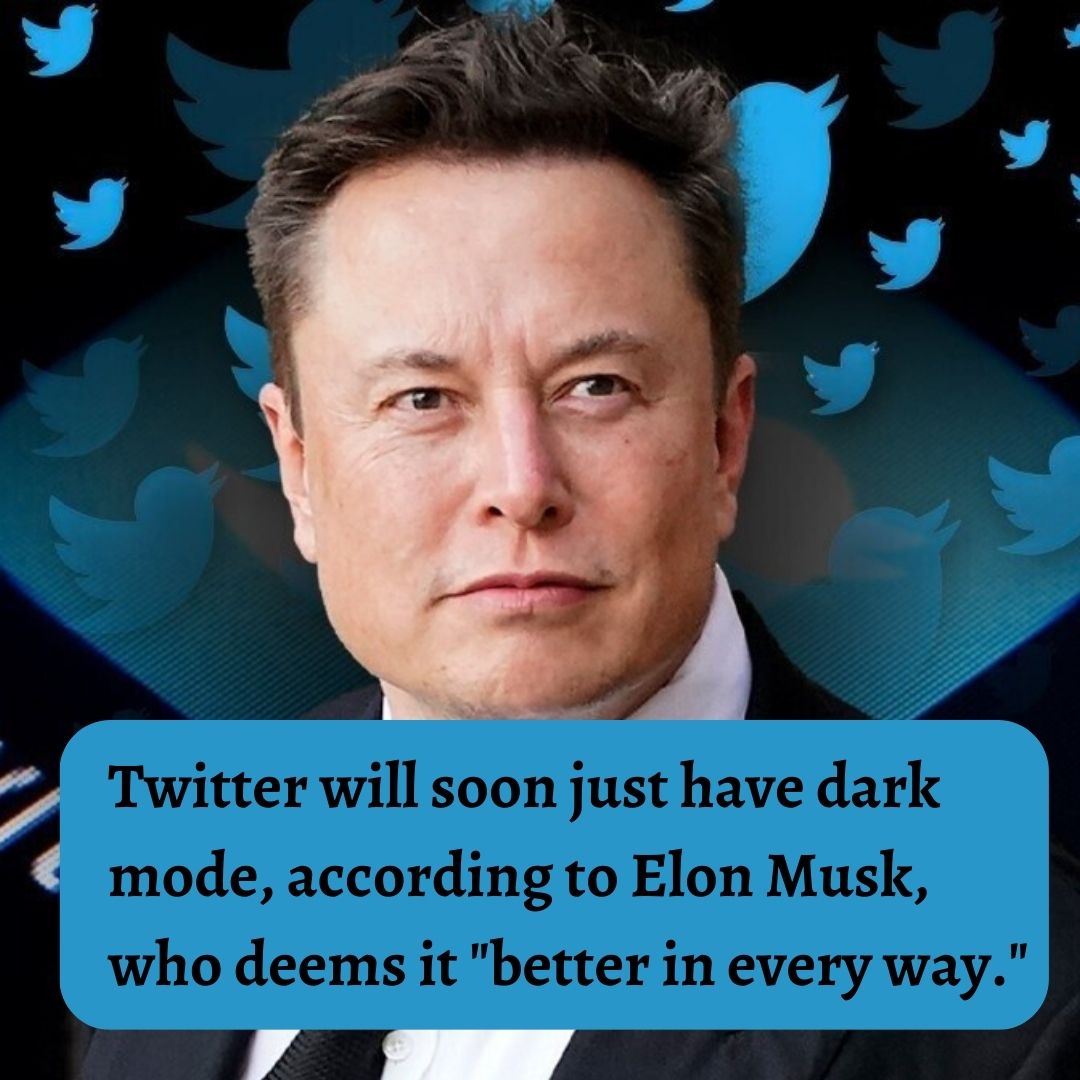Dark mode in Twitter is a visual setting that alters the appearance of the Twitter interface by using dark colors instead of light colors. When dark mode is enabled, the background of the Twitter app or website becomes predominantly dark or black, while the text and other elements appear in lighter colors.
The purpose of dark mode is to create a more comfortable and visually appealing experience for users, especially in low-light conditions or at night. The reduced brightness of the interface is believed to reduce eye strain and minimize the amount of blue light emitted by the screen, which can disrupt sleep patterns.
Enabling dark mode can also help conserve battery life on devices with OLED or AMOLED screens since pixels in these displays can be individually turned off when showing black, resulting in less power consumption.
To activate dark mode on Twitter, users can typically find the option in the settings section of the app or website. Some versions of Twitter may also allow users to set dark mode to be automatically enabled based on the device’s system settings or the time of day.
If Twitter were to go exclusively dark mode, there could be several benefits for users and the platform itself:
- Reduced Eye Strain: Dark mode uses darker colors, which can be easier on the eyes, especially in low-light environments. Users may experience less eye strain and fatigue during extended periods of Twitter usage.
- Improved Readability: White text on a dark background can provide higher contrast, making it easier to read tweets and other content on the platform, particularly for users with visual impairments.
- Energy Savings: On devices with OLED or AMOLED screens, dark mode can lead to energy savings because pixels can be individually turned off when displaying black or dark colors. This could result in increased battery life for users.
- Better Sleep Quality: By reducing the amount of blue light emitted from the screen, dark mode can help users maintain healthier sleep patterns, especially when using Twitter in the evening or at night.
- Aesthetic Appeal: Many users find dark mode visually appealing and prefer it over traditional light mode. It can give Twitter a sleek and modern appearance, enhancing the overall user experience.
- Differentiation: By adopting dark mode exclusively, Twitter can differentiate itself from other social media platforms that may primarily use light themes. This uniqueness could be attractive to certain users.
- Branding and Recognition: Twitter’s dark mode could become synonymous with the platform, creating a recognizable and consistent user experience that aligns with the brand.
Twitter were to go exclusively dark mode, the reaction from users would likely vary depending on individual preferences and habits. Here are some potential reactions and effects on users:
Positive Reactions:
Users who prefer dark mode: Many users who already prefer dark mode would welcome the change and appreciate the reduced eye strain and improved readability. They might find the platform more visually appealing and enjoy the energy-saving benefits on devices with OLED or AMOLED screens.
Nighttime users: Users who frequently use Twitter at night or in low-light environments might see a positive impact on their overall experience. The reduced brightness could lead to a more comfortable and less intrusive browsing experience during nighttime use.
Support for accessibility: Some users with visual impairments or conditions that benefit from high-contrast themes might find dark mode more accessible and easier to use.
Mixed Reactions:
Adaptation period: There could be a period of adjustment for users who are accustomed to the traditional light mode. During this transition, some users might initially find it challenging to navigate the new interface.
Third-party apps: Users who rely on third-party Twitter applications might experience inconsistencies if those apps do not fully support dark mode, leading to a disjointed user experience.
Negative Reactions:
Users who prefer light mode: Users who prefer light mode for various reasons (e.g., familiarity, aesthetics, personal preference) might be disappointed or frustrated with the lack of choice.
Accessibility concerns: While dark mode can be beneficial for some users, it might create challenges for others, particularly those with certain visual impairments that require high-contrast themes.
Compatibility issues: Older devices or operating systems might not fully support dark mode, leading to potential display issues for some users.
Overall Effects:
User Engagement: Depending on the overall user sentiment, the move to dark mode could positively or negatively impact user engagement. A more favorable response from users could lead to increased engagement and usage of the platform.
User Retention: The impact on user retention would depend on how well users adapt to the change. If a significant portion of users dislikes the exclusive dark mode, it could potentially lead to some users abandoning the platform.
Brand Perception: How users perceive Twitter’s decision to go exclusively dark mode could influence the platform’s brand image. Positive reactions could enhance the platform’s reputation, while negative reactions might lead to criticism.
Platform Differentiation: By adopting dark mode exclusively, Twitter might stand out among other social media platforms that primarily use light themes. This could attract users who prefer dark mode or seek a unique visual experience.

